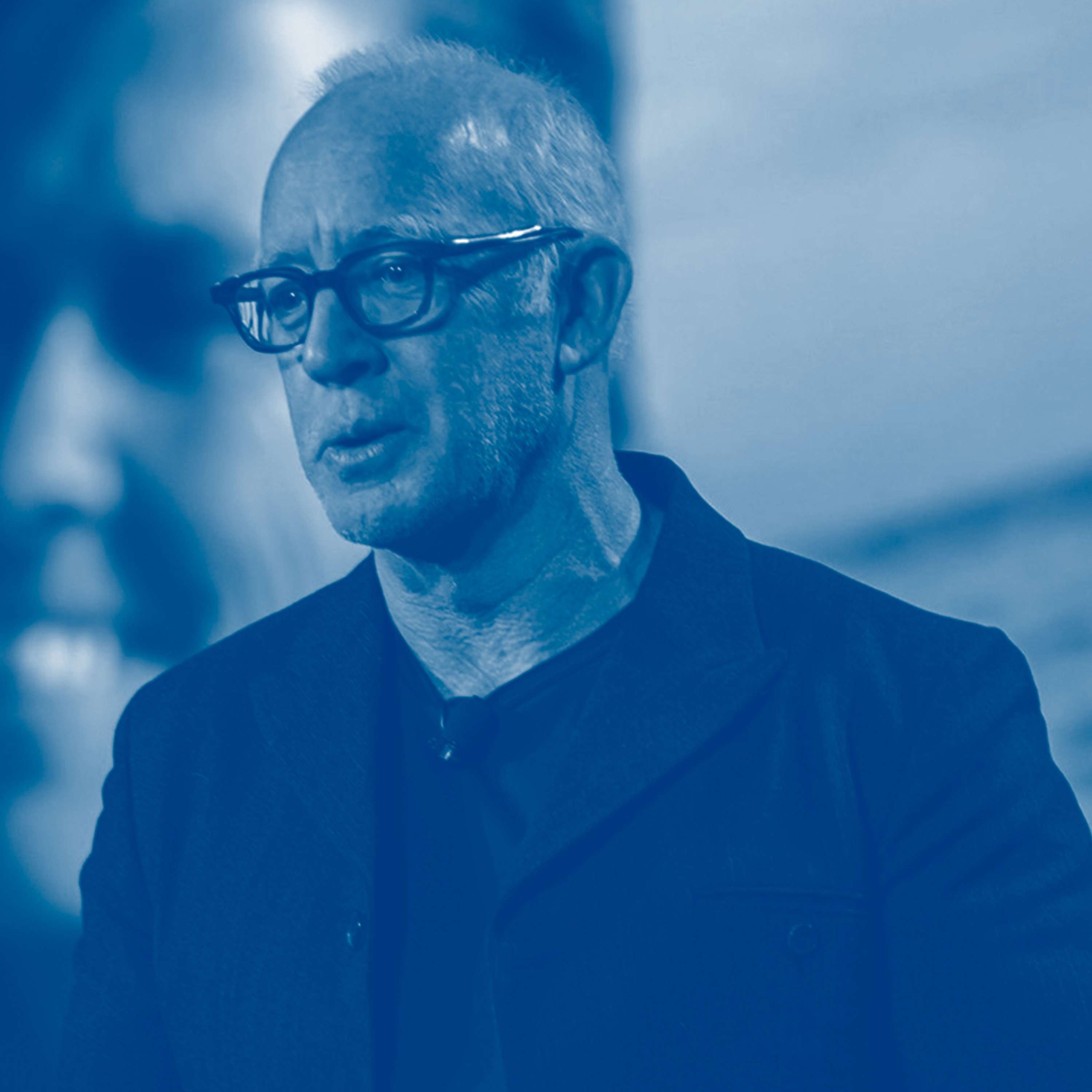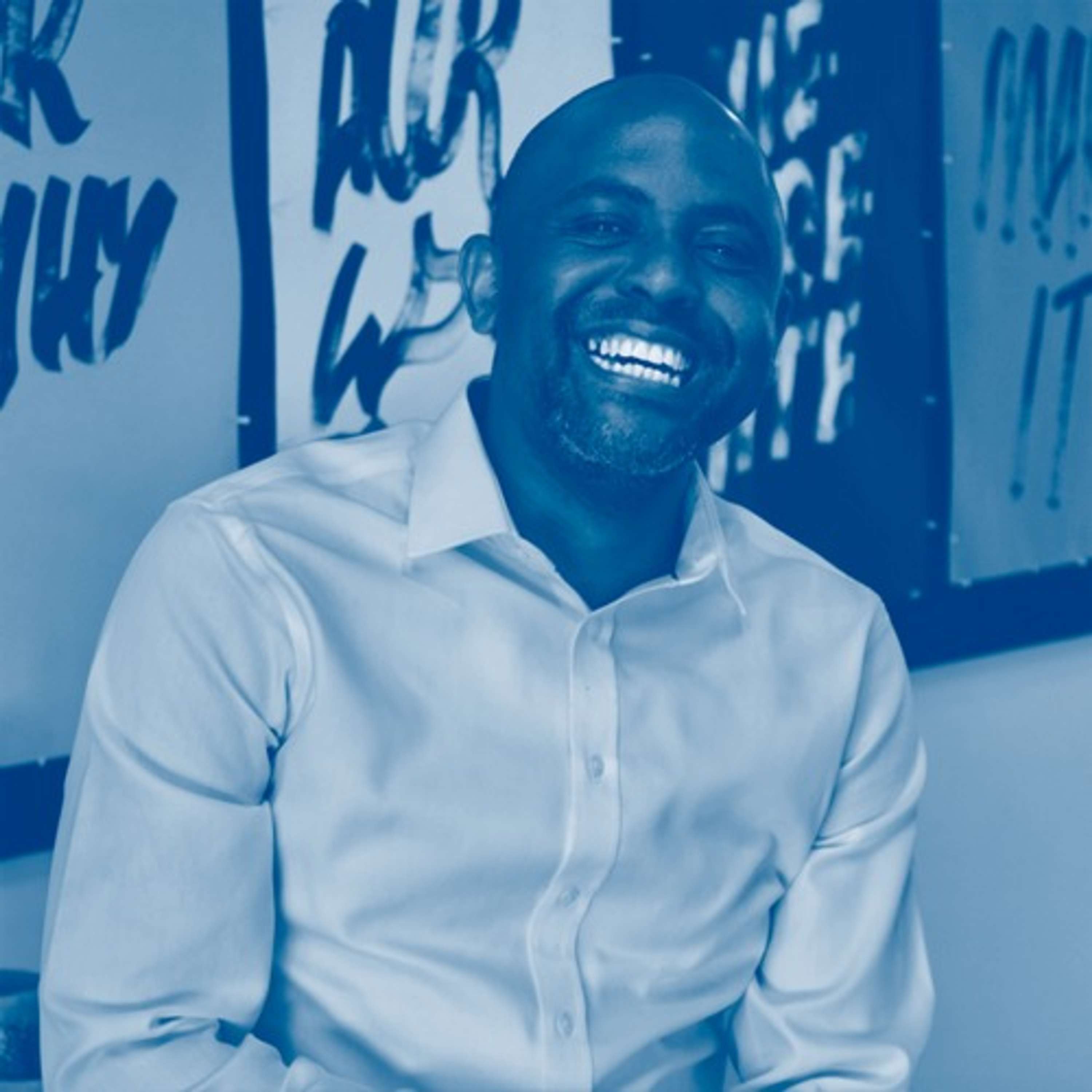Storytelling & Failure Narratives in Innovation Cultures with Stephen Taylor of Untold Content
Description
On this week's episode of Inside Outside Innovation, we sit down with Stephen Taylor, Chief Innovation Officer at Untold Content. Stephen and I talk about the importance of storytelling, failure narratives, and its impact on the innovation culture of companies. Let's get started.
Inside Outside Innovation is a podcast to help new innovators navigate what's next. Each week we'll give you a front row seat into what it takes to learn, grow, and thrive In today's world of accelerating change and uncertainty. Join us as we explore, engage, and experiment with the best and the brightest, innovators, entrepreneurs and pioneering businesses. It's time to get started.
Interview Transcript with Stephen Taylor, Chief Innovation Officer at Untold Content
Brian Ardinger: Welcome to another episode of Inside Outside Innovation. I'm your host Brian Ardinger, and as always, we have another amazing guest. Today we have Stephen Taylor. He is the Chief Innovation and Chief Financial Officer at Untold Content, where he focuses on helping organizations accelerate innovation through the power of storytelling. Welcome to the show.
Stephen Taylor: Thanks Brian. Glad to be here.
Brian Ardinger: This whole concept of innovation storytelling, it's becoming more and more popular as people are trying to understand like, how do I actually get movement on my innovation initiatives? And a lot of it comes down to, you know, the stories that you tell. So, I wanted to have you on the show, because you have a company that focuses on this. Why don't we talk about the definition? What is innovation storytelling?
Stephen Taylor: Yes. Innovation storytelling is something that is near and dear to my heart. So, I am a chemist by training. I did my PhD in chemistry, did a postdoc. Went out into industry and was there for about a decade. And I felt the pains of how you actually get buy-in, even within a smaller organization. I think we had 250 people.
But how do you actually get buy-in on ideas. Or how do you kill ideas that don't fit? You know, how do you find out what is the right decision. And so that was something that I became very passionate about. And so, when I left industry and joined Untold, I really wanted to spend a lot of time focusing on how do innovators communicate, even as a scientist. How do scientists communicate?
So, what we found through our research is that innovation storytelling is the art and science of communicating strategic narratives and personal stories around innovation objectives in order to drive them forward. It really works on trying to make things that are very strategic, but also bring those personal experiences in.
Because what we found is that organizations have overall these strategic narratives that, that they're trying to force. When you have an idea or something that you're trying to bring forward, you have to ensure that there's good alignment between those stories and that narrative. And so, they really play in concert together. So that's why we include both those as a part of the definition.
Brian Ardinger: Yeah, part of it's like that translation service almost. Sometimes it's a technical translation of, what the heck are you talking about? It's more about how do you align that with the other stories that are being told in the organization so that you can make sure that people understand what you mean.
I think, you know, when I go out and talk to companies, you know, one of the first things I like to do is how do you define innovation? Because I think that alone, causes problems with a lot of organizations. It's like, well, for me it means, you know, creating the next flying car. Where another person in the organization may mean that innovation is creating something new with our existing customers. And so, right. You know, if you don't have alignment from that perspective, you can go sideways really quickly.
Stephen Taylor: We spend time talking about story led innovations versus innovation led stories. So, story led innovation is essentially a project that you may get from your advisor. Or from your boss. And so, a project comes in, the story's already aligned, so it's easy to prioritize that work.
And so, you're just working on communication at that point, a strategic communication. But if you're working on a innovation led story, that's where you come and you find something. Well, now how do you get it in line? How do you make something that's new, that has potential that's maybe adjacent? How do you decide, how do you try to create that alignment narrative? And so those are, those are things that we teach as a part of our curriculum.
Brian Ardinger: That brings up a couple of interesting questions I have around this idea of innovation usually is in this uncertain area. You know, it's, it's a new idea that you want to create in the world that doesn't always align to the execution side of the business. But yet you have to try these things and do a lot of things to move that idea forward, and a lot of times you're going to fail at that. So, can you talk a little bit about power of failure and, and how do you translate that from a story perspective to let people understand that that's part of the process?
Stephen Taylor: Yeah, that's a really good question. So, there's a lot of ways that you can go with this. One way that we think about failure is actually relates back to the Hero’s Journey. So, when it comes to the Hero’s Journey, you know, you can take the whole 17 step process from Joseph Campbell and his original work on the Hero’s Journey, or you can really try to simplify it.
And the way that I like to think about it is you receive the call for a journey. You go out through a transition called the transition from the known to the unknown. You then go on your journey, you do your discoveries, whatever. You collect the boons from the journey, which are the gifts to be given back. You then bring those back through that transition point back to your community.
And then the hero is recognized with monuments and statues and everything. Joseph Campbell's work was really based around tribal behavior. And when you think about tribal behavior, there's a lot of analogies to the innovation groups that are out there in the unknown trying to find what's next.
For the heroes they get these large statues and monuments, but for the failures, they put together rituals. And because the rituals are points where we come back together and actually share best practices, share things that we've learned, to take those learnings from failure and use those to bless back to the community. And so, what we've seen through our research is that there are many points where people are starting to implement these failure rituals.
And so, there's several different examples. There's a classic one, Ben and Jerry's. Ben and Jerry's Failure Graveyard is a classic failure ritual. There's Miter. Miter does Failure Cake. So, within Failure Cake, what happens is that they basically bring out a sheet cake into a cafeteria and they say, If you want a piece of cake, you need to share a failure story. And it's really to get those stories of failure being shared in those best practices and lessons learned.
Then there's also DuPont. DuPont's doing an Annual Dead Project's Day around Halloween. And so, the whole point is to get lots of their innovators and their scientists together to share their experiences....
























